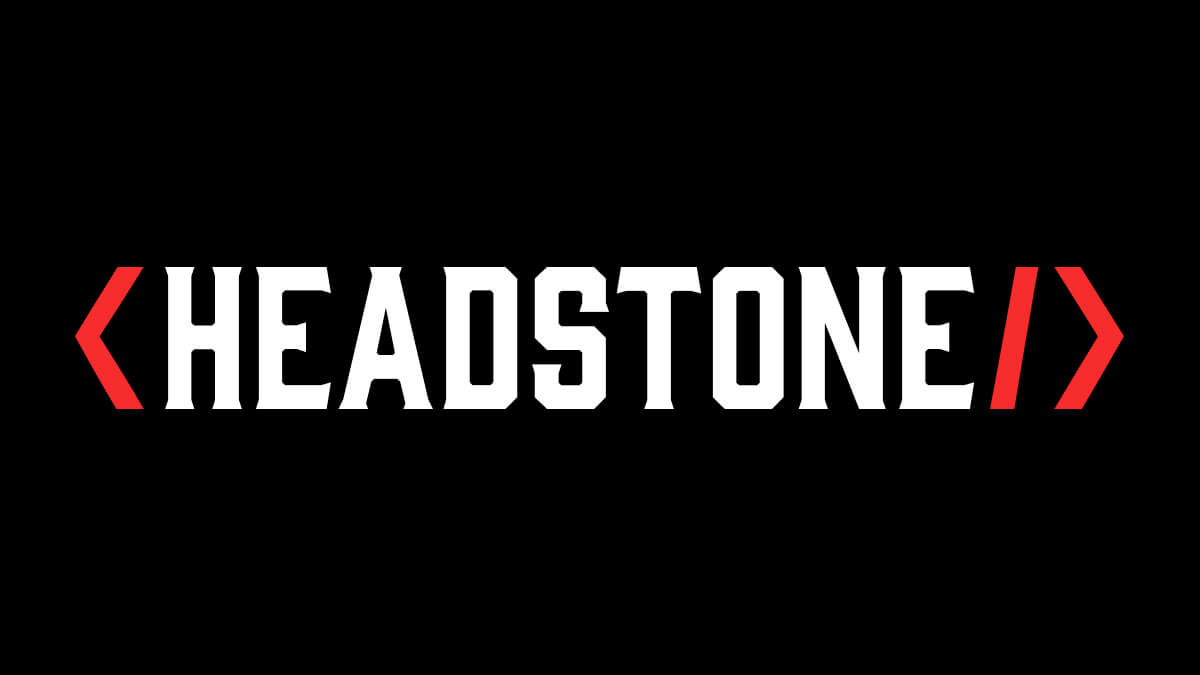Headless CMS vs WordPress: Which One’s Right for You?
Tools have evolved, expectations have changed, and performance matters more than ever. In this modern landscape, there’s one debate that keeps bubbling up: Should you go headless, or stick with WordPress?
Spoiler? With the Headless Hostman you can have both.
But before we get into that, let’s break down the concepts driving Headless solutions and WordPress.
What is a Headless CMS?
Think of a headless CMS like a brain without a face. It’s your backend content manager (the brain), but without a built-in frontend (the face) that displays your site. You use it to create, store, and organize content—but how that content appears on the web? That’s up to you.
Instead of spitting out full pages like WordPress does, a headless CMS sends your content out as raw data—usually via an API. Your developers then decide how to shape and serve that content on the frontend, often using static site generators or JavaScript frameworks like React, Vue, or Svelte.
The result? Speed. Flexibility. And total control.
What is WordPress?
Unless you’ve been hibernating for the last 20 years, you know WordPress. It’s the most popular CMS on the planet, powering over 40% of the web. With its themes, plugins, and intuitive dashboard, WordPress made web publishing accessible to anyone—not just developers.
WordPress is monolithic by design. It handles both the backend (where you manage content) and the frontend (what your visitors see) in one tightly coupled system. That makes it easy to get started and easy to manage—especially if you’re not a developer.
So… Why Go Headless?
1. Performance
Headless sites are faster. Period. Why? Because most headless setups generate fully static HTML pages that load instantly from edge servers. There’s no need to wait for a PHP script to execute or a database query to resolve.
If you’re using an off-the-shelf builder like Elementor, this is literally a game changer.
This means faster page loads, better Lighthouse scores, and happier visitors.
2. Security
Traditional WordPress sites are dynamic—and that means they’re vulnerable. Every active plugin, every login form, every query adds a potential attack surface. Skip an update? You could be a target.
In a headless setup, your live site is static. There’s no admin panel to poke at, no PHP or MySQL to exploit. It’s practically bulletproof.
3. Scalability
Headless sites scale effortlessly. Since you’re serving static files, traffic spikes won’t crash your site. CDN delivery is standard.
And if your team works across multiple channels—web, mobile, apps—you can pull from one content source for all of them.
But Wait… WordPress Still Rocks
Before you throw WordPress out with the bath water, let’s be clear: it’s still one of the best content management systems out there. And for many users, it’s exactly what they need.
1. It’s Easy
You don’t need to be a developer to use WordPress. That’s its whole appeal. You log in, create a page, add some images, and hit publish. Boom—you’re live. Try doing that with a headless system and a React frontend. Not so fast.
2. The Plugin Ecosystem Is Massive
WordPress has a plugin for everything: SEO, forms, ecommerce, accessibility, email marketing, you name it.
3. Community Support
With millions of users and developers, there’s no shortage of documentation, tutorials, forums, and support options. If you hit a wall, help is just a Google search away.
4. One Platform, All-in-One
You don’t have to stitch together a CMS, an API, a build process, and a frontend framework. WordPress gives you everything in one tidy box.
The Big Tradeoff: Control vs Convenience
If you’re looking for speed, control, and bulletproof security, a headless CMS might be your best bet. But if you want convenience, ease of use, and an out-of-the-box experience, WordPress still reigns supreme.
What if you didn’t have to choose?
Introducing Headless Hostman: The Best of Both Worlds
Headless Hostman isn’t just another static site generator. It’s a full-blown publishing platform that turns WordPress into a modern, high-performance machine—without changing how you work.
You use WordPress exactly how you do today. But when you hit “Publish,” your site gets deployed as blazing-fast, fully static HTML. No database. No PHP. No exposed plugins. Just clean, invulnerable code served globally on a CDN.
Worry-Free Security
Because your live site is static, there’s no dynamic code to exploit. Even if your WordPress backend is loaded with legacy plugins, they’re completely invisible to the outside world. Want to go one step further? Flip the switch and lock down your admin until you need it. It’s like hiding the keys to the kingdom.
Keep the Plugins You Love
SEO tools, form builders, custom fields—keep them all. Headless Hostman lets you use any plugin you want in your dashboard, but keeps your live site clean and lean. All the convenience, none of the risk.
Sleep Mode for WordPress
When you’re not actively editing, you can power down the backend.
Your frontend stays live and fast. WordPress naps peacefully in the background. Wake it up only when you need to make changes.
Dynamic Without Danger
Need forms? AJAX filters? Search? No problem. Our hardened layer handles dynamic requests securely and intelligently—without opening up attack surfaces or slowing you down. You get interactivity without compromise.
Simple, Powerful Publishing
Update a single page? Done. Push a whole site refresh? Easy. We handle deployment behind the scenes so you don’t need to think about build processes or static generators. Just click, publish, and walk away.
This Is How WordPress Was Meant to Be
Headless Hostman gives you the freedom of headless with the comfort of WordPress. No JAMstack headaches. No complex build scripts. Just clean, fast, secure websites—powered by the CMS you already love.
- Use any theme or plugin you want
- Partial or full site updates with one click
- Static frontend that’s nearly impossible to hack
- Admin access that’s private—or turned off completely
In short: you get to keep WordPress… but ditch everything that makes it a pain to manage.
Ready to Try It?
If you’re tired of babysitting updates, worrying about vulnerabilities, or struggling with performance—Headless Hostman is your next move.
Blazing fast. Locked down. Zero stress. The way WordPress should’ve always worked.
Deeper into the Abyss



